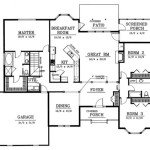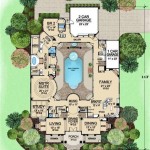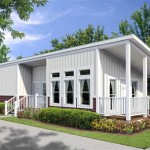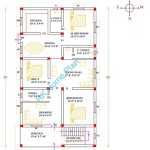Essential Aspects of a Business Plan for Flipping Homes
Flipping homes can be a lucrative business venture, but it requires a well-structured plan to succeed. A comprehensive business plan outlines the goals, strategies, and financial projections for your flipping operation. Here are the essential aspects to include:
1. Executive Summary
Provide a concise overview of your business, including its mission, key goals, and the market niche you will target.
2. Market Analysis
Conduct thorough research on the real estate market in your target area. Analyze recent sales data, identify emerging trends, and determine the potential profitability of flipping homes in your intended location.
3. Business Model
Describe the specific strategies you will employ in flipping homes. This may include identifying undervalued properties, renovating to increase value, and marketing effectively to potential buyers.
4. Operations Plan
Outline the day-to-day operations of your business, including how you will source properties, manage renovations, and handle marketing and sales. Detail your processes for finding contractors, obtaining permits, and closing deals.
5. Financial Plan
Create a detailed financial plan that estimates the costs associated with flipping homes and projects potential profits. Include projections for acquisition costs, renovation expenses, holding costs, and potential sales prices.
6. Marketing Strategy
Develop a comprehensive marketing strategy to attract potential buyers. This may include online listings, social media marketing, and targeted advertising campaigns. Determine the most effective channels for reaching your target audience and allocating your marketing budget.
7. Sales Plan
Describe your strategy for selling flipped homes. This includes setting realistic pricing, negotiating with potential buyers, and managing the closing process. Outline the steps involved in navigating contingencies, inspections, and legal requirements.
8. Exit Strategy
Consider your options for exiting the business in the future. This may include selling the homes yourself, partnering with a real estate agent, or liquidating your assets.
9. Legal Considerations
Ensure compliance with all applicable laws and regulations. Obtain necessary business licenses, permits, and insurance. Address legal issues related to property ownership, contracts, and tax implications.
10. Risk Management
Identify potential risks associated with flipping homes and develop strategies to mitigate them. This may include market fluctuations, construction delays, and legal disputes. Outline risk management procedures and contingency plans to safeguard your business.
By incorporating these essential aspects into your business plan, you can establish a solid foundation for your home flipping venture. Regularly review and update your plan to adapt to changing market conditions and ensure the long-term success of your business.

Real Estate House Flipping Business Plan Sample Pages Black Box Plans

House Flipping Business Plan A4 Word Document

House Flipping Business Plan A Comprehensive Guide Woodward Avenue

Real Estate House Flipping Business Plan Black Box Plans
What Are Some Business Plan Examples For Flipping Houses Quora

House Flipping Business Plan Ppt Excel

Real Estate House Flipping Business Plan Sample Pages Black Box Plans

How To Start A House Flipping Business In 7 Steps Free

Supply A Real Estate House Flipping Company Business Plan Template By Jssnetbay Fiverr

Real Estate House Flipping Business Plan Sample Pages Black Box Plans








